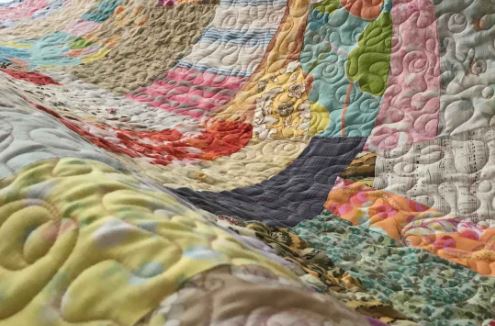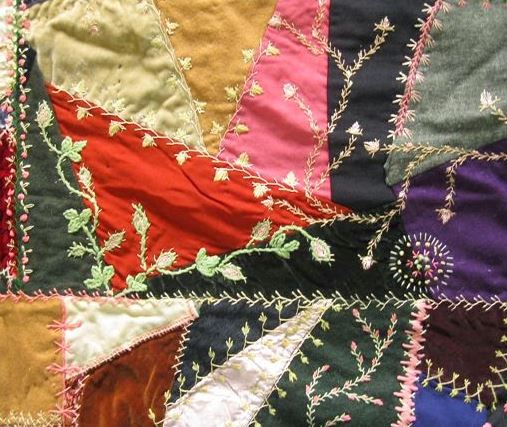The Crafts in Patching your Quilt
Patches can make up a fashionable, yet old-style quilt that will last for a long time to come. To create patchwork you will need fabric. You merely cut the pieces of your fabric to form patches and design, stitching in simple numerical lines. If you are creating the traditional patchwork, you will need fabrics, including lengthy stripes, squares, curved shapes, and rectangles. You can leave out the shapes that curve if you don’t want to go through the steps of creating a complex quilt.

Crafters often use patches to create quilts with many parts, such as the quilts that resemble the Picasso arts, or the basic quilts. Once you gather your patches, you will need to form blocks of your fabric. The blocks in crafter terms include the “corn and beans,” motifs, “turkey tracks, maple leaf,” and so on. One of the more attractive quilts is the “Robbing Peter to Pay Paul” blocks. Regardless, you will need blocks to finish your quilt.
To start you will need to select your block scheme. You have the choice of the 4-patch scheme, or the 9-patch. The patch block schemes make up grids, which fill in various simple lines in numbers and shapes. The 4-patch is one of the common patterns used to make traditional quilts. The 9-patch is also used, yet other styles are made up on different geometric grids.
The 4-patch:
The 4-patch is 4-squares factored into a numerical grid. For instance, you can picture a box, draw a cross inside, and count 1-4 to achieve the 4-block scheme. To continue to the 4-patch scheme you would need to add squares, stripes, etc.
The overall notion behind the 4-patch scheme is that you can use a variety of patches to create a multi-color quilt, yet you must lay out your block foundation first.
Now if you want to use the 9-patch scheme you would create nine squares in your grid and either leave them together or break them into parts. Still, you must leave the 9-patch structure.
For instance, if you were to take a piece of craft paper, rather graphing paper and draw per inch, four squares, eight squares, and then another ten, you would have your foundation to start your patchwork. To make up your designs however, you would need to add shapes to your grids.
Once you design your craft on graphing paper, you can create a full-size block. You will need to cut your patches, as well as create templates however before you can start your quilt.
To start your quilt you will need to consider the style again. Do you want the 12, 14, 16, 18, or larger blocks? If you are new to making quilts, you may want to start with the lower block inches. However, you will need to learn how to make borders to complete the quilt.
Once you decide you will need to consider your schemes. If you are working the 4-patch scheme on blocks, around 4 inches then you will need to cut your patches 2 inches in squares. The higher the scheme, the more patch inch squares you would need. For instance, if you want to create a 12-block scheme, you would need twelve patches and cut in six-inch squares.
On the other hand, if you were using the 9-patch scheme, choosing the 12-inch blocks then you would need to cut your patches into 4-inch squares.
Now you can move to create your templates. Templates in crafter terms are patterns, which are cut from strong fabrics, or materials. You need the templates to create an easy squared quilt, otherwise prepare to battle.
